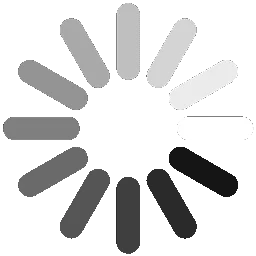Introduction of Diploma in Electrical and Electronics Engineering
It is a Diploma-level program. This branch of engineering focuses on electricity, electronics, and electromagnetic. After the commercialization of the electric telegraph and electrical power supply in the late nineteenth century, the area became a recognized vocation. In addition to electricity, it now encompasses electronics and control systems and signal processing, and telecommunications. The electrical engineering sector and higher education both provide excellent career prospects.
An overview of Diploma in Electrical and Electronics Engineering
Electrical and electronics engineering students benefit from the degree because it provides them with the information and abilities they need to be competitive in the workplace. In addition, participate in research activities with them to help them become successful businessmen. As a result of this course, you will become a skilled and highly sought-after technologist and have the opportunity to participate in the invention of new and essential technologies that will be the antidote to the majority of issues in the future. To increase their knowledge and skills, candidates should pursue further studies in fields of advanced technology.
Eligibility criteria for Diploma in Electrical and Electronics Engineering
Benefits of Diploma in Electrical and Electronics Engineering
- It is a diploma-level study in the subject of engineering, with a focus on electronics.
- Minimum five Electronics Engineering Diploma Programme.
- As part of their training, the applicants learn how to use inductors, capacitors, and resistors.
- Electrical and electronic engineering is a popular career choice right now. That's because the world needs a seasoned expert to lead it in the right direction.
- Most of the course is devoted to the fundamentals of mathematics, computer science, and physics.
- Electricity components such as telecommunications, signal processing, and control systems are introduced to students.
- Those who enroll in this program will get a better understanding of electronic components and electrical machinery.
- Researchers in the area will get familiar with both the field's current study subjects as the course progresses.
Career and job profile after Diploma in Electrical and Electronics Engineering
After completing a diploma in Electrical and Electronics Engineering, you'll have a lot of opportunities in the future:
As soon as you've completed the Diploma course. One can continue their education by pursuing a postgraduate degree and a Ph.D. Language skills and general knowledge will improve as a result of the program. Both the public and commercial sectors are open to anyone with a degree. Another option is a PGDM if a student wants to continue in the same field of study. It is a two-year program that requires a diploma in a relevant field. Candidates who wish to enter the teaching profession may pursue a Ph.D. after completing their undergraduate degree. However, students must hold a diploma in a relevant field to be eligible for the program.
 3 Years
3 Years
 Diploma
Diploma
 Engineering
Engineering
 Full Time
Full Time

 back
back